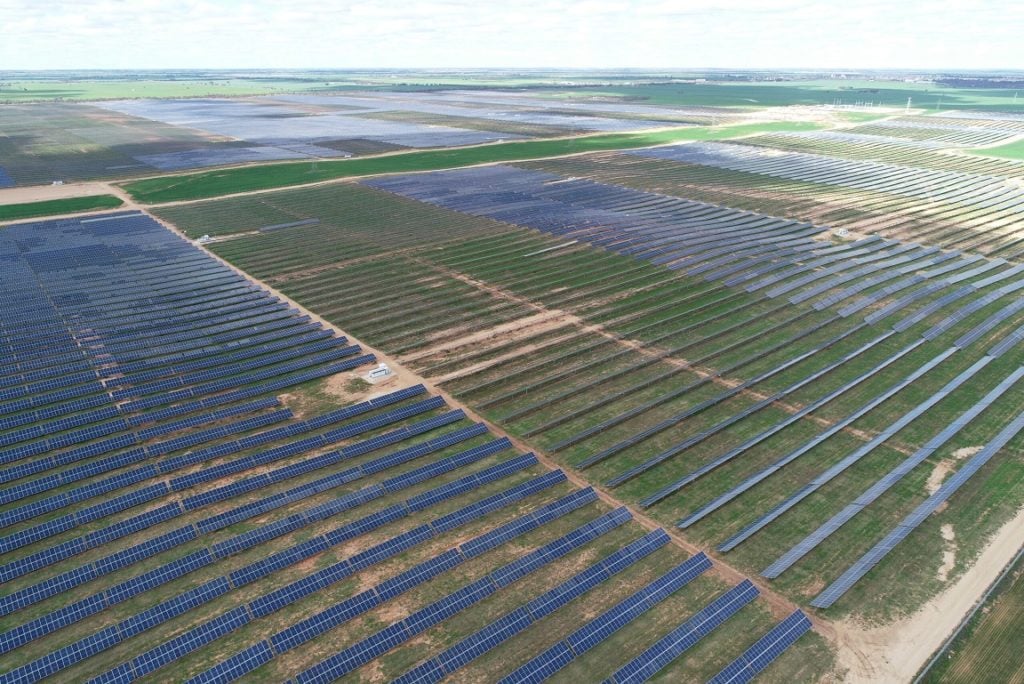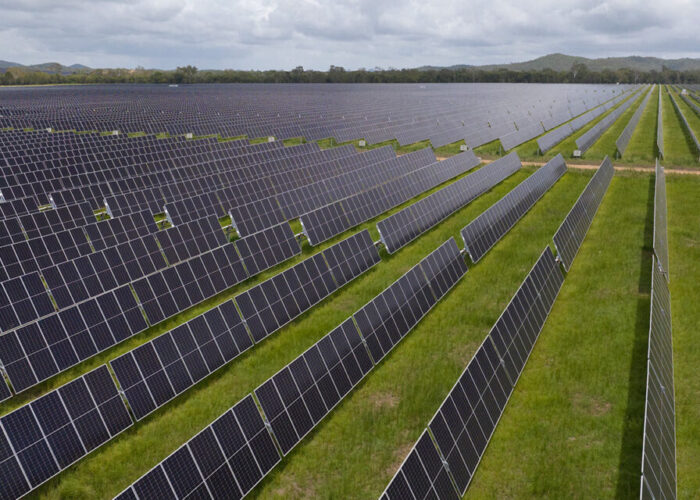
In Australia, the Victoria government yesterday (11 September) granted the green light for the development of the 450MW Hazelwood Solar Farm, which also includes plans for a 450MW/1,800MWh battery energy storage system (BESS).
It is being developed by Manthos Investments, a family-owned business in the Latrobe Valley, and will be managed by building consultant Robert Luxmoore Project Management. It will sit on a 1,100-hectare property between Morwell and Traralgon in southeastern Victoria and is situated in Gippsland, a region identified by the Australian Energy Market Operator (AEMO) as a prime location for one of Victoria’s six Renewable Energy Zones (REZs).
Unlock unlimited access for 12 whole months of distinctive global analysis
Photovoltaics International is now included.
- Regular insight and analysis of the industry’s biggest developments
- In-depth interviews with the industry’s leading figures
- Unlimited digital access to the PV Tech Power journal catalogue
- Unlimited digital access to the Photovoltaics International journal catalogue
- Access to more than 1,000 technical papers
- Discounts on Solar Media’s portfolio of events, in-person and virtual
The project’s development plan also includes a centrally located substation connected to the National Electricity Market (NEM), along with other associated infrastructure.
The solar PV modules will be double-stacked, feature a string of 29 modules, and include a single-axis tracker tilting east-west. It will cost around AUS$651 million (US$434 million) to fully develop.
The project documents state that it is expected to have several positive impacts on the local and state economies. These include generating approximately AUS$1.89 billion in total economic output, supporting around 500 jobs during the construction phase, and producing more than 700,000MWh of clean electricity per year.

The proposed site location was formerly a forestry plantation and is currently used for grazing sheep, cattle, fodder production and dryland cropping. The project developers hope to incorporate agrivoltaics, also known as agriPV, to ensure that sheep grazing activities can continue.
A combination of electricity generation from solar sources and the effective management of the land is a core component of agriPV, which has seen increased attention in recent months. Last year, the European Commission noted that the use of agriPV could single-handedly meet Europe’s solar deployment targets until the end of the decade.
Lily D’Ambrosio, Victoria’s minister for energy and resources, highlighted that the Latrobe Valley has been the home of Victoria’s energy generation for decades and now it will play an important role in the state’s renewable energy future.
Victoria has established various renewable energy generation targets, including 65% by 2030 and 95% by 2035. These renewable energy targets are supported by energy storage targets of at least 2.6GW by 2030 and 6.3GW by 2035.
Sonya Kilkenny, Victoria’s minister for planning added: “The approval of the Hazelwood North Solar Farm will strengthen Victoria’s renewable energy industry and provide cheaper, cleaner power to thousands of homes.”







